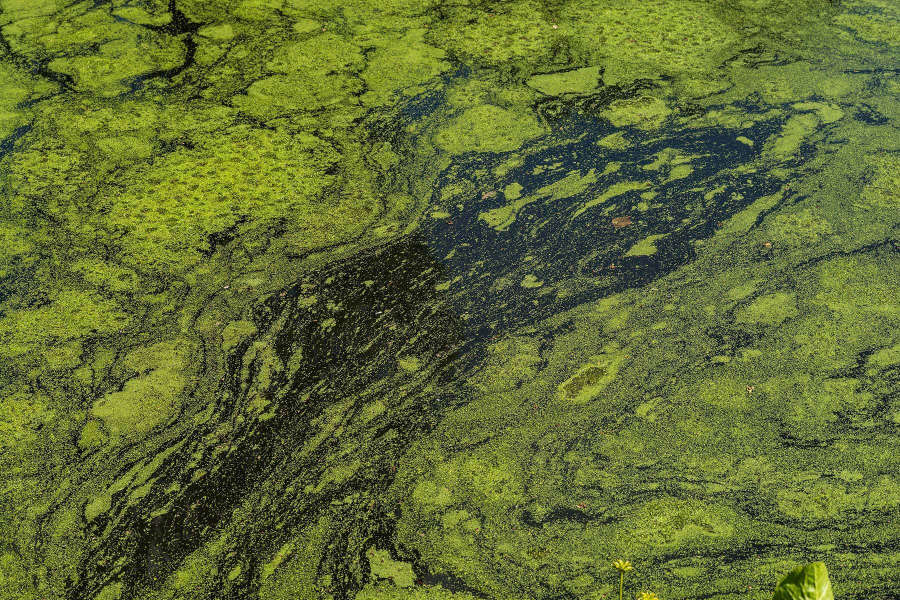Scientists predict smaller than average dead zone for Chesapeake Bay
Low spring nutrient loads should lead to improved summer water quality

Scientists expect the Chesapeake Bay to see a slightly smaller than average dead zone this summer, due to reduced rainfall and less nutrient-rich runoff flowing into the Bay from the Susquehanna River this spring.
Dead zones are areas of little to no dissolved oxygen that form when nutrient-fueled algae blooms die and decompose. Resulting low-oxygen conditions can suffocate marine life. The latest forecast predicts an early-summer no-oxygen zone of 0.27 cubic miles, a mid-summer low-oxygen zone of 1.37 cubic miles and a late-summer no-oxygen zone of 0.28 cubic miles. This forecast, funded by the National Ocean and Atmospheric Administration (NOAA), is based on models developed at the University of Maryland Center for Environmental Science and the University of Michigan.
Nutrient pollution and weather patterns influence dead zone size. According to the U.S. Geological Survey (USGS), 58 million pounds of nitrogen entered the Bay in the spring of 2015, which is 29 percent lower than last spring’s nitrogen loadings.
Researchers with the Maryland Department of Natural Resources (DNR) and the Virginia Department of Environmental Quality (DEQ) will measure oxygen levels in the Bay over the next few months. While the final dead zone measurement will not take place until October, bimonthly updates on Bay oxygen levels are available through DNR’s Eyes on the Bay.

Comments
I like this website. :)
Thank you!
Your comment has been received. Before it can be published, the comment will be reviewed by our team to ensure it adheres with our rules of engagement.
Back to recent stories